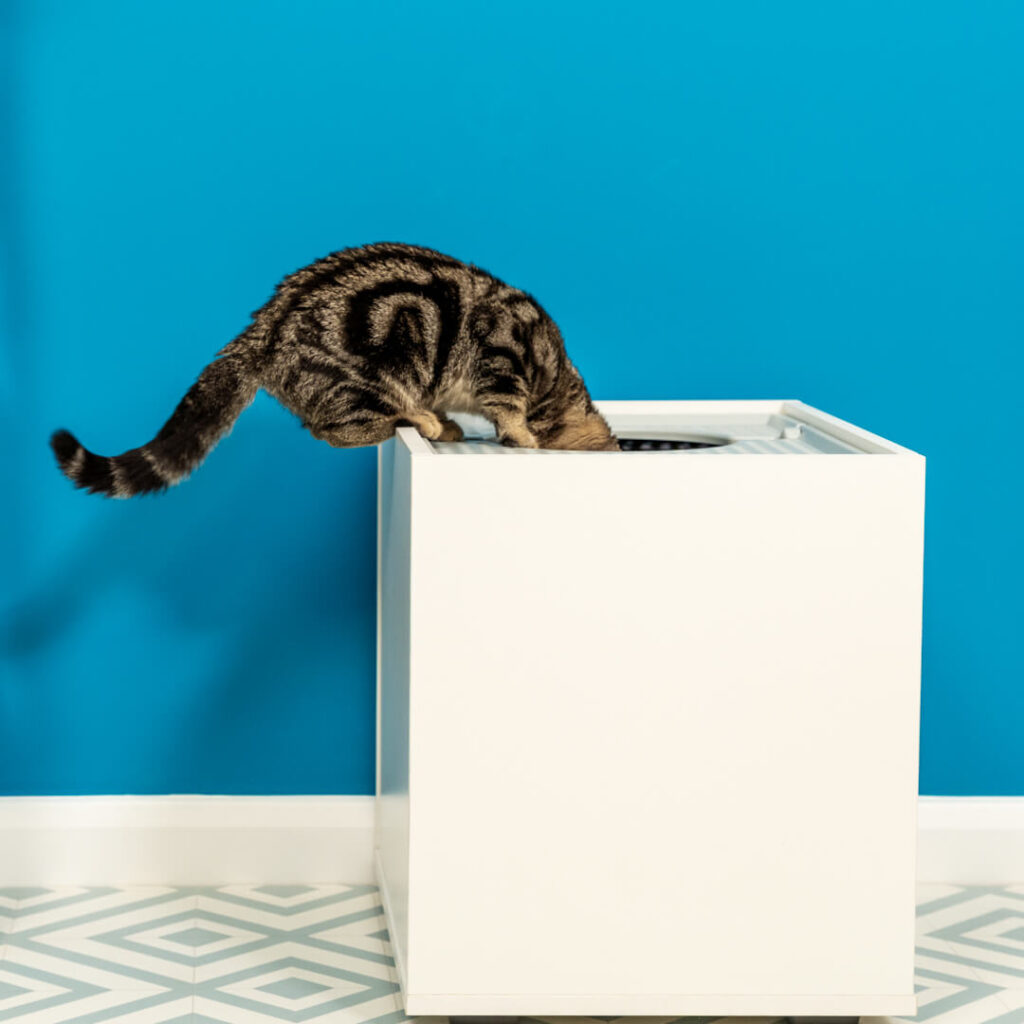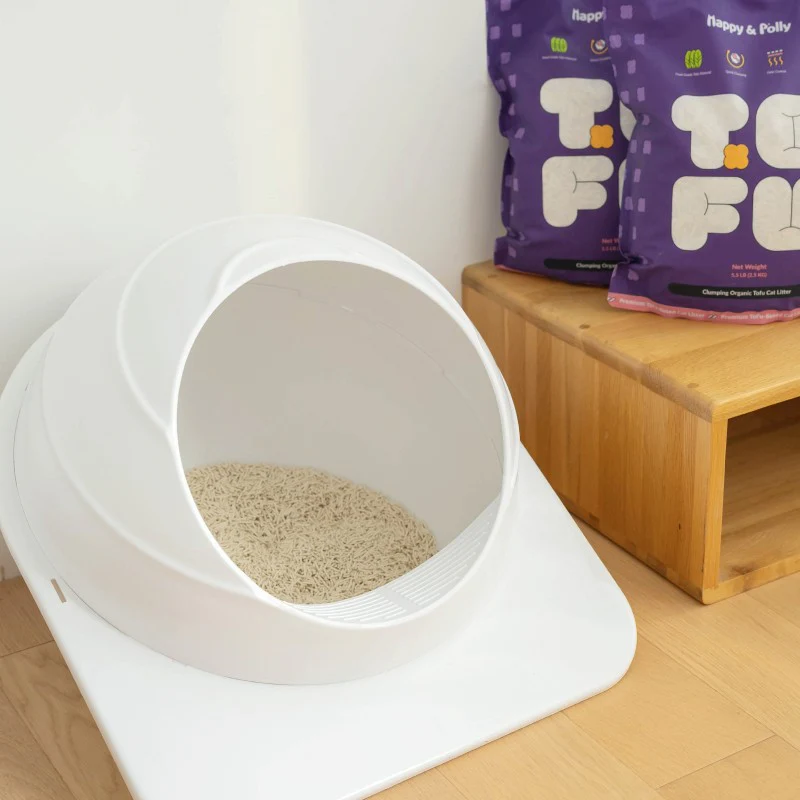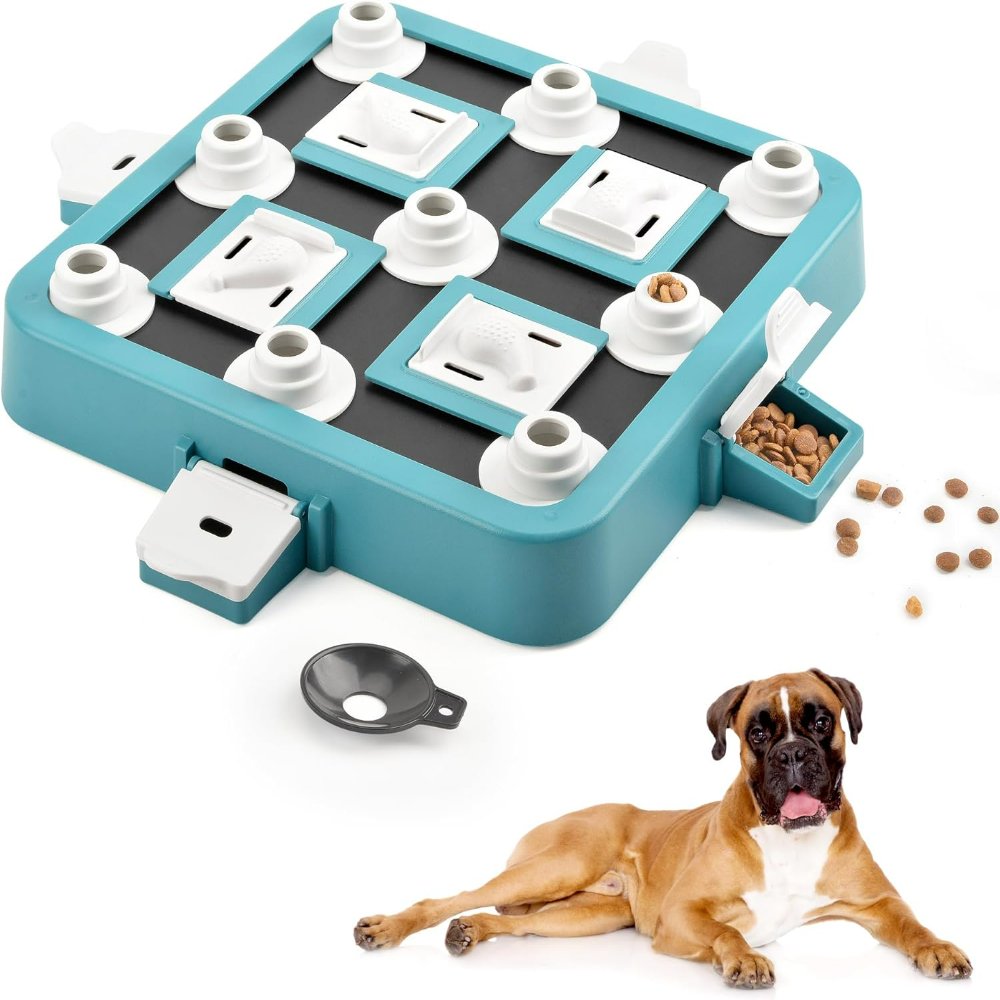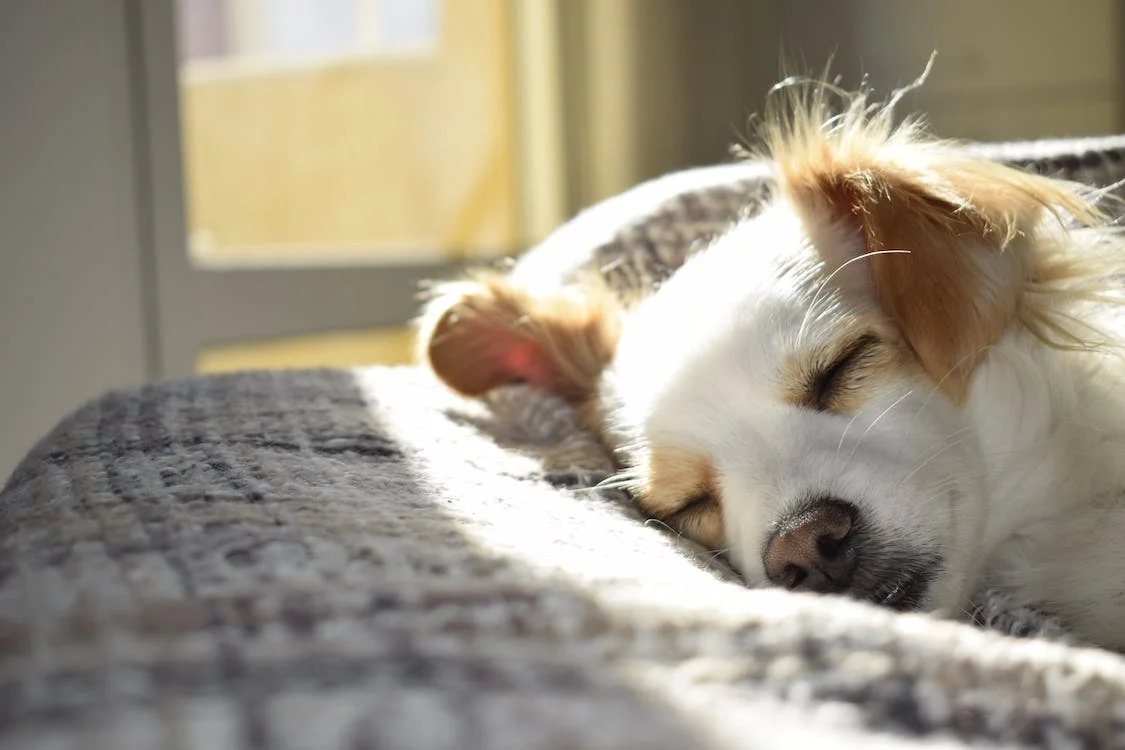I. Introduction
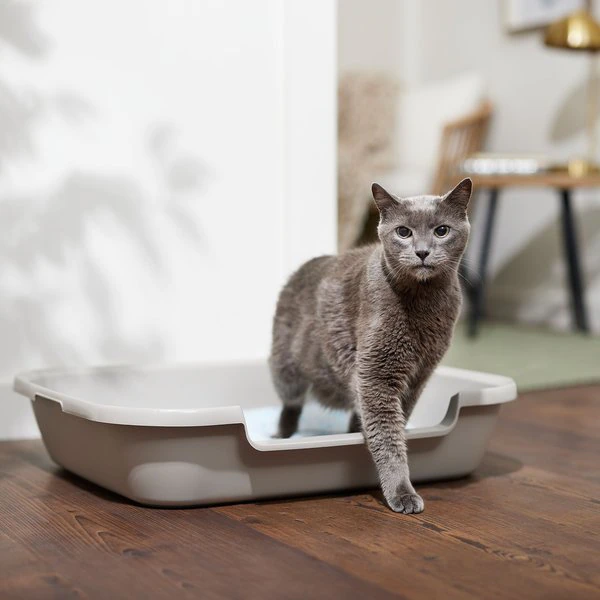
A. The importance of regular cat litter maintenance
How often do i change cat litter? Regular cat litter maintenance is crucial for creating a healthy and comfortable environment for your feline companion. Clean litter boxes promote good hygiene, prevent odor buildup, and reduce the risk of infections or illnesses for both cats and their owners. Understanding the significance of maintaining a clean litter box can contribute to the overall well-being of your pet and the cleanliness of your home.
B. Factors influencing the frequency of litter changes
Several factors determine how often cat litter should be changed. The number of cats in the household, the type of litter used, and the overall litter box hygiene practices all influence the frequency of litter changes. Recognizing these factors can help establish a suitable maintenance routine tailored to your specific circumstances.
C. The impact of a clean litter box on feline health
A clean litter box directly impacts the health and well-being of your cat. Regular litter box maintenance reduces the risk of urinary tract infections, stress-related litter box aversions, and other health issues related to poor litter hygiene. Maintaining a clean litter box is essential for encouraging proper elimination behaviors and preventing potential health concerns in felines.
II. Determining the Frequency of Cat Litter Changes
A. Considering the number of cats in the household
How often do i change cat litter?The number of cats in the household directly influences the frequency of litter changes. In multi-cat households, litter boxes require more frequent cleaning and litter changes to accommodate the increased usage and maintain hygiene. Understanding how the number of cats impacts litter box maintenance is essential for ensuring a comfortable and sanitary environment for all feline residents.
B. Evaluating the type of litter used
The type of litter used significantly impacts the frequency of litter changes. Clumping litters may require daily scooping but less frequent complete changes, while non-clumping litters may necessitate more frequent overall replacements. Additionally, specific litter types may offer enhanced odor control, influencing the maintenance schedule. Assessing the characteristics of the litter used is essential for determining appropriate maintenance intervals.
C. Observing the cat’s litter-box habits
Closely observing your cat’s litter-box habits provides valuable insights into their elimination patterns. Monitoring their frequency of use, preferred times, and any changes in behavior helps in adjusting the litter box maintenance schedule to meet their needs. Understanding and accommodating your cat’s habits contributes to promoting a comfortable and stress-free elimination environment.
III. General Guidelines for Litter Box Maintenance
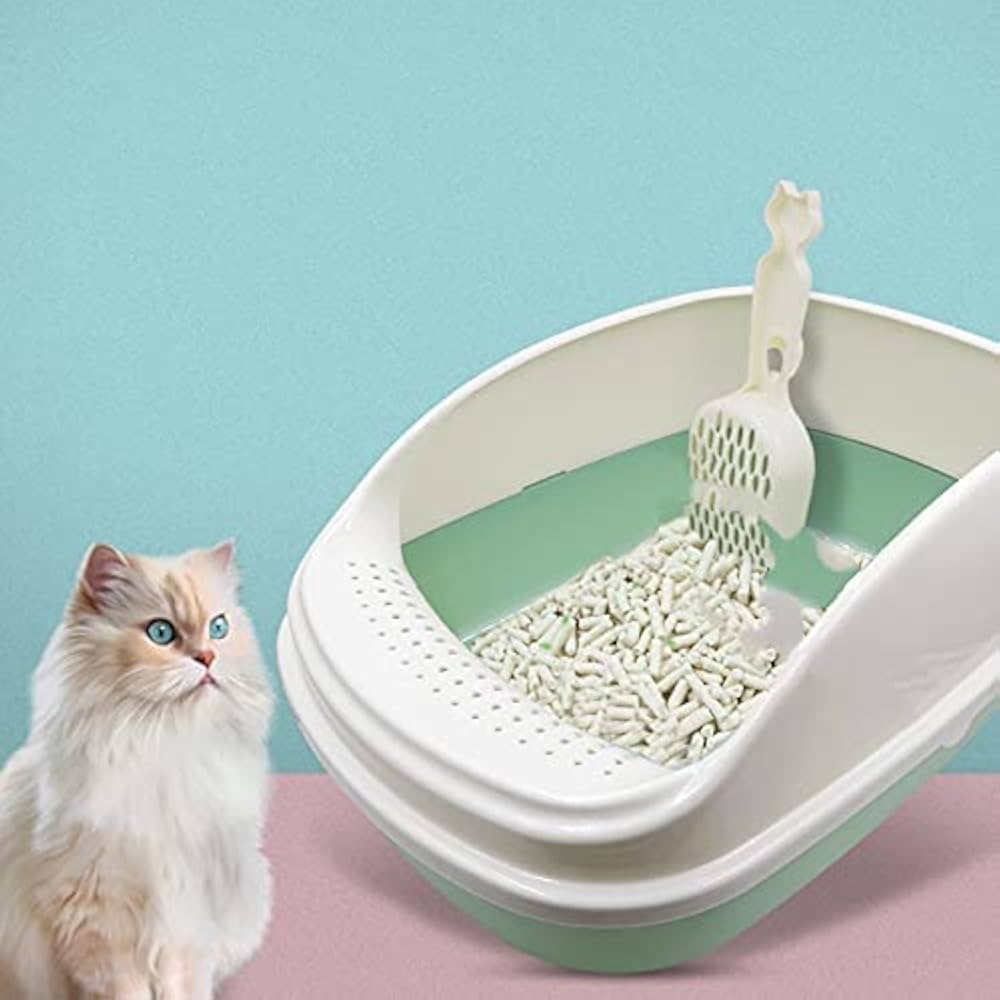
A. Scooping and waste removal frequency
How often do i change cat litter?One of the most crucial aspects of litter box maintenance is scooping and waste removal. Cats are naturally clean animals, and they prefer a clean and tidy environment to do their business. Therefore, it is essential to scoop the litter box at least once a day, if not more often, to remove any soiled litter and waste. This not only maintains a hygienic environment for your cat but also helps in controlling odors and preventing the spread of bacteria.
Regular waste removal also prevents your cat from developing aversions to the litter box, as a dirty and smelly environment can discourage them from using it. In addition to daily scooping, it is also important to thoroughly clean and sanitize the litter box at least once a week. This involves removing all of the litter, washing the box with mild soap and water, and replacing it with fresh litter.
B. Types of litter box liners and their impact on maintenance
When it comes to litter box liners, there are various options available, each with its own advantages and disadvantages. Some cat owners prefer using plastic liners to make cleaning the litter box easier, while others prefer to go without liners altogether. Plastic liners can indeed make the process of changing the litter more convenient, as they can simply be lifted out and disposed of. However, some cats may not like the feel of plastic liners, and they can also be prone to tearing or puncturing, leading to leaks and mess.
Ultimately, the choice of whether to use a liner or not depends on your cat’s preferences and your own cleaning habits. If you do choose to use a liner, it is important to select a durable and tear-resistant option to minimize the risk of leaks and messes. Additionally, regardless of whether you use a liner or not, it is still essential to regularly clean and sanitize the litter box to maintain a hygienic environment for your cat.
C. Odor control and litter replacement schedules
Odor control is a significant concern for many cat owners, especially those who live in smaller living spaces. To effectively control odors, it is important to choose a high-quality litter that is designed to neutralize and absorb odors. There are various types of litter available, including clumping, non-clumping, scented, and unscented varieties. Experiment with different types to find the one that works best for you and your cat. Keep in mind that scented litter may not be suitable for every cat, as some cats may be sensitive to strong scents.
In addition to using a quality litter, it is also essential to establish a regular litter replacement schedule. Over time, cat litter can become saturated with urine and lose its ability to control odors effectively. As a general rule of thumb, it is recommended to completely change the litter and clean the box once a week. However, if you have multiple cats or if your cat has specific health issues, you may need to clean and replace the litter more frequently.
IV. Addressing Specific Cat Litter Concerns
A. Dealing with litter box aversions or inappropriate elimination
Litter box aversions or instances of inappropriate elimination can stem from various factors, including stress, litter box cleanliness, or medical conditions. Addressing these concerns involves identifying underlying causes, maintaining a clean and comfortable litter box, and implementing behavior modification techniques to encourage proper litter box usage.
B. Managing specific health conditions that impact litter habits
Certain health conditions, such as urinary tract infections or gastrointestinal issues, can influence a cat’s litter habits. Managing these health concerns involves seeking veterinary attention, administering prescribed treatments, and making necessary adjustments to the litter box environment to accommodate the cat’s specific needs during recovery or management of their condition.
Litter box aversions may also be caused by stressors related to the litter box environment, such as the presence of other pets, changes in household dynamics, or environmental disturbances. Identifying and addressing these stressors through environmental enrichment, behavior modification, or creating a secure and peaceful elimination space can help alleviate anxiety and promote positive litter box behaviors.
V. Enhancing Litter Box Hygiene
A. Utilizing litter box accessories for easier cleaning
How often do i change cat litter?Incorporating litter box accessories, such as scoops, mats, or self-cleaning litter boxes, can streamline the cleaning process and improve litter box hygiene. These accessories help efficiently remove waste, minimize litter tracking, and contribute to a more convenient and effective maintenance routine.
B. Implementing effective and safe cleaning products
Selecting appropriate cleaning products that are safe for feline use is essential for maintaining a hygienic litter box environment. Non-toxic, unscented cleansers and disinfectants suitable for pet environments help ensure cleanliness without posing any health risks to cats. Choosing effective and safe cleaning products is imperative for promoting a healthy and safe elimination space for your feline companion.
C. Establishing a routine for deep cleaning and litter changes
Regular deep cleaning and complete litter changes are essential for sustaining a clean and odor-free litter box environment. Establishing a routine for deep cleaning, which includes washing the litter box with pet-safe cleaners and replacing the entire litter bed, contributes to maintaining optimal hygiene and preventing the accumulation of odor and bacteria.
Consistently enhancing litter box hygiene through the utilization of accessories, safe cleaning products, and the establishment of a routine for deep cleaning and litter changes fosters a sanitary and comfortable elimination environment for cats and ensures a clean and odor-free space for pet owners.
